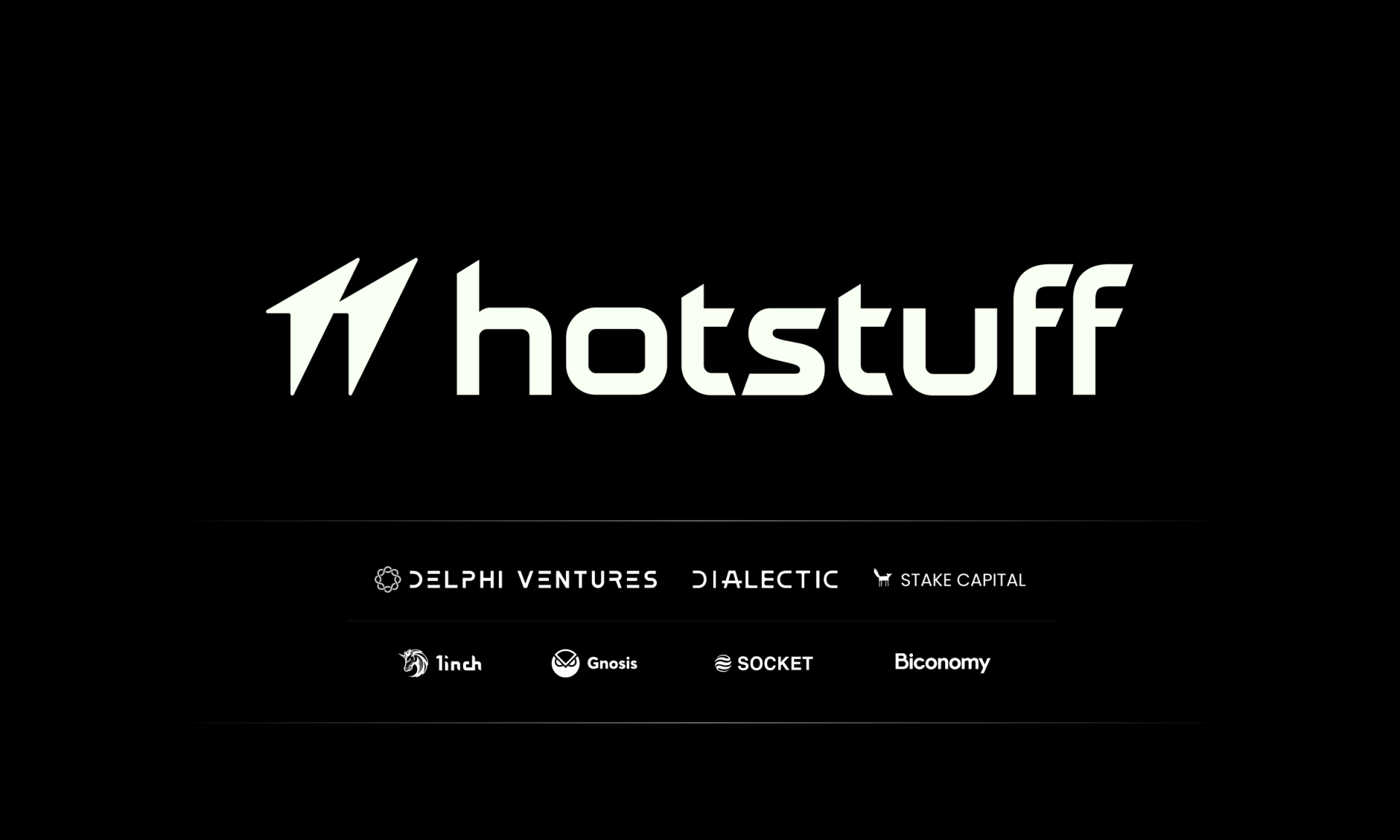Winding up is an essential concept in the world of decentralized finance (DeFi) that allows crypto holders to maximize their yield by wrapping tokens across different projects. This practice is particularly relevant for wrapped tokens, which are tokens that exist on a different blockchain, such as Ethereum, and enable seamless interaction within the DeFi ecosystem.
Initially, wrapped tokens were introduced through Ethereum’s ERC-20 token standard, but now there are numerous wrapped tokens available. One of the most widely used wrapped tokens is wrapped Bitcoin (wBTC), which originated from Bitcoin and is extensively utilized in various DeFi applications on Ethereum.
To achieve the highest possible yield for their tokens, crypto holders must navigate through a series of intricate steps. Let’s take a look at a couple of examples:
What is Obtaining Interest-Bearing BTC (ibBTC)?
If a crypto holder possesses wBTC and wants to obtain Interest-Bearing BTC (ibBTC), they can follow these steps:
- Deposit wBTC on Curve Finance: The user first needs to deposit their wBTC on Curve Finance, a decentralized exchange and liquidity pool protocol. By doing so, the user will receive an LP (liquidity provider) token in return. These LP tokens represent the user’s share of the liquidity pool.
- Mint ibBTC on Badger DAO: The LP token obtained from Curve Finance can then be taken to Badger DAO, a decentralized autonomous organization focused on building DeFi products. Badger DAO allows users to stake their LP tokens and in return, mint ibBTC. IbBTC is an interest-bearing version of BTC that allows holders to earn interest on their holdings.
By following these steps, the crypto holder can wind up their wBTC and obtain ibBTC, which can then be used for various purposes within the DeFi ecosystem.
What is Example 2: Acquiring $SNOW with USDC?
Suppose a user starts with USDC and aims to acquire $SNOW, the governance token of a particular DeFi project. The winding up process in this case involves the following steps:
- Deposit USDC on Harvest Finance: The user needs to deposit their USDC on Harvest Finance, an automated yield farming protocol. Yield farming involves putting your crypto assets to work in various DeFi protocols to earn additional tokens. Harvest Finance automatically farms the highest available yields by developing innovative farming strategies and pooling deposits to reduce gas costs.
- Receive fUSDC: Upon depositing USDC, the user will receive fUSDC as proof of their deposit. fUSDC is a token that represents the user’s share of the funds pooled on Harvest Finance.
- Swap fUSDC for $fSNOW on Snowswap: Finally, the user can take their fUSDC and swap it for $fSNOW on Snowswap, a decentralized exchange specifically designed for swapping tokens related to the SnowDAO ecosystem. $fSNOW represents the user’s share of the SnowDAO ecosystem.
By going through these steps, the user can wind up their USDC and acquire $SNOW tokens, allowing them to participate in the governance and ecosystem of the SnowDAO project.
Understanding the process of winding up in DeFi is crucial for crypto holders who want to maximize their yield and participate in different projects within the DeFi ecosystem. By wrapping tokens and following the necessary steps, users can efficiently navigate the DeFi landscape and unlock new opportunities for earning, lending, and participating in decentralized governance.
Author: Harvest Collective.
Harvest Finance is a cooperative yield farming protocol at the forefront of the decentralized finance movement. Their platform allows users to automatically farm the highest available yields by developing innovative farming strategies and pooling deposits to reduce gas costs. Through Harvest Finance, users can participate in DeFi and access various opportunities for earning and lending within the ecosystem.














